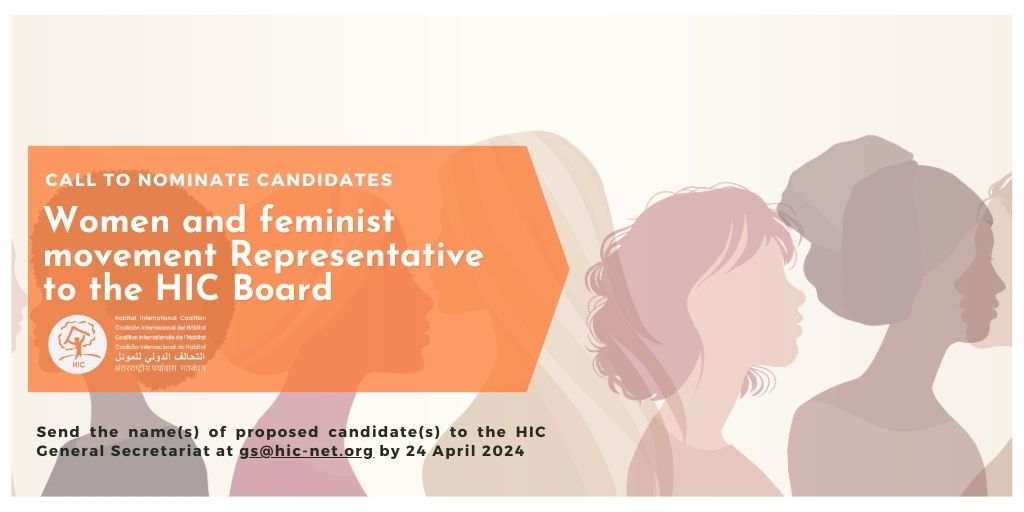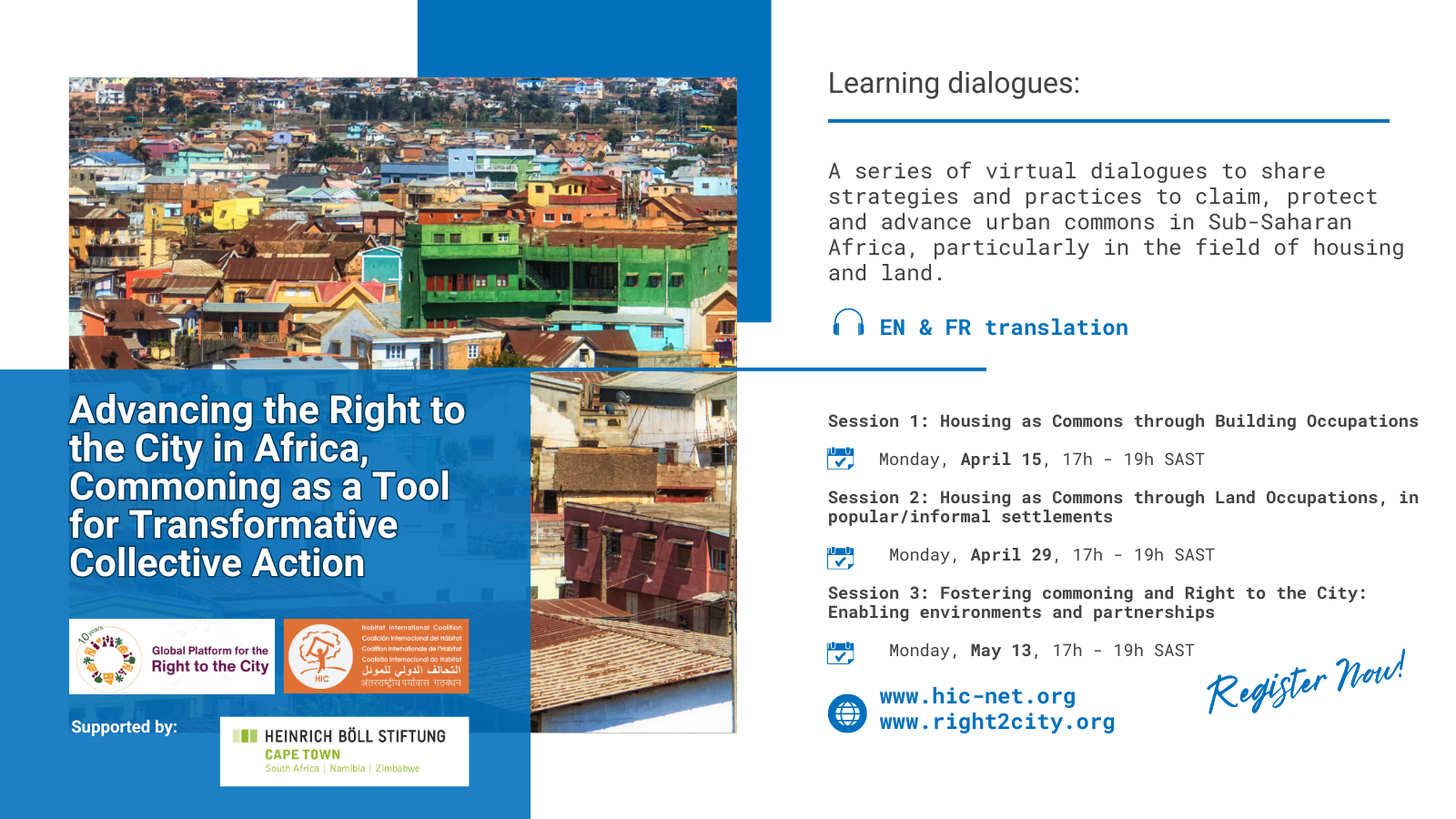Source: Legal Affairs
IN JANUARY 1944, FRANKLIN D. ROOSEVELT delivered the annual State of the Union address. Because the president was sick with a cold, he did not speak to Congress at the Capitol before the assembled worthies of the nation, as is the custom. Instead, Roosevelt read his address over the radio from a room in the White House, as in the “Fireside Chats” he had pioneered.
The speech he gave has since fallen into obscurity, but in the estimation of Cass Sunstein of the University of Chicago it was “the speech of the century.” Its value wasn’t rhetorical. The 1944 address was “messy, sprawling, unruly, a bit of a pastiche, and not at all literary . . . the opposite of Lincoln’s tight poetic Gettysburg address,” Sunstein allows in his new book, The Second Bill of Rights: FDR’s Unfinished Revolution and Why We Need It More Than Ever . The speech wasn’t easily quotable, in contrast to Roosevelt‘s far more famous 1941 State of the Union, which introduced his “Four Freedoms”—freedom of expression and religion and freedom from want and fear. Rather, the claim to greatness of the ’44 address lies in the idea it proposes and in the man who proposed it.
Roosevelt‘s high tone and sense of optimism that January night echo the spirit of one of Winston Churchill’s great wartime speeches. A few months earlier, in September 1943, the president had been present when Churchill spoke at Harvard. At a moment fraught with the possibility of defeat, the British prime minister was remarkably upbeat. “How proud we ought to be,” he said, “young and old alike, to live in this tremendous, thrilling, formative epoch in the human story.” In Roosevelt‘s January ’44 speech, the president similarly lifted his gaze from the immediate preoccupations of war to consider the possibility of an epoch-making victory—not only over foreign enemies but also over the poverty and inequality that he had combatted since taking office in 1933.
The sacrifices being made for the war at home and overseas “impose upon us all a sacred obligation to see to it that out of this war we and our children will gain something better than mere survival,” Roosevelt told the nation. That “something better” was nothing less than a constitutional commitment to a “second Bill of Rights” that would guarantee all Americans a way of life that was worth living. The United States “had its beginning and grew to its present strength under the protection of certain inalienable political rights,” Roosevelt said, “our rights to life and liberty.” But life and liberty alone, he continued, had proved “inadequate to assure equality.” The depredations that the Great Depression had visited, particularly on the economically vulnerable, had shown that “freedom cannot exist without economic security and independence.”
Roosevelt thus proposed “a second Bill of Rights under which a new basis of security and prosperity can be established for all.” Which rights should be recognized? The president ticked off a list: a right to work, a decent home, adequate medical care, a good education, a wage sufficient enough to provide adequate food and clothing and recreation, free trade and protection from monopolies, and protection from the threat of destitution that accompanied misfortunes such as sickness, accident, and unemployment.
Roosevelt‘s ideas weren’t novel. By the 1940s, socialist thinkers had for a century and a half promoted the rights he enumerated. Today, many countries have made commitments to smoothing the sharp edges of capitalism by giving their citizens rights to the basic material components of a dignified human existence. The term “social and economic rights” is a not entirely satisfactory shorthand for claims to basic goods, claims that can be pursued against the government in court. The principal international human rights treaty that recognizes such claims is the International Covenant on Economic, Social and Cultural Rights. In the United States, the ICESCR lacks the name recognition of international charters like the Geneva Conventions, but it has been ratified by 149 countries. As interpreted by the United Nations committee that monitors its implementation, the ICESCR binds states to provide to its citizens a set of minimum “entitlements” to health care, shelter, water, food, and social security at a level appropriate to that state’s economic means. The wealthier a country, the more it is expected to do. Several countries—including South Africa, where I live—have also enshrined social and economic rights in a domestic constitution or bill of rights. A study reported by Sunstein of the constitutions of 64 nations found that half provided for a right to housing and health care, 47 for a right to social security, and 51 for a right to education.
Widely accepted though they may be in much of the world, however, social and economic rights have not fared well in the United States. President Jimmy Carter signed the Economic, Social and Cultural Rights Covenant in 1977, but it has never been ratified by the Senate. Earlier this year, a proposal by the U.N. Human Rights Commission to set up a court-like body to hear complaints about the failure of states to meet their ICESCR obligations was met with steadfast opposition by the American delegation.
Undeterred, Sunstein (who is, according to the dust jacket of his handsome book, “the most-cited law professor in the United States“) has for some time sought to defend the thesis that social and economic rights are neither foreign nor antithetical to the political and legal traditions of the United States. The Second Bill of Rights is his latest foray in what may seem an unpromising campaign.
IN SOUTH AFRICA, LAW STUDENTS are instructed that the American Bill of Rights, mostly phrased as a set of prohibitions on governmental interference with rights and freedoms (“Congress shall make no law . . . “) is the foremost model of a charter of negative commitments. It is a set of rights against and not to government action.
Sunstein has challenged this conventional wisdom. In a previous book, The Cost of Rights: Why Liberty Depends on Taxes , he and his co-author, Stephen Holmes, pointed out that an element of all rights is an entitlement to government action. The distinction between negative and positive rights, they argued, is illusory. For example, the First Amendment can be enforced only if a judiciary backed up by enforcement powers is able and willing to guard against state and private intrusion on free speech. All rights have costs, and a state without funds collected through taxes cannot protect them.
By the time of the New Deal, the laissez-faire premise that an economic system functions best when there is no interference by government had been exposed as a myth. Most Americans no longer believed it, if they ever had. Free markets rely on property rights and safeguards against monopolies. All rights need a legal system that enforces them, and the laws that make up that system are human artifacts, not God-given prescriptions. In his acceptance speech at the Democratic Party Convention that picked him to run for president in 1932, Roosevelt took aim at the economic libertarians who justified government inaction in the face of the Depression by declaring that “economic laws—sacred, inviolable, unchangeable—cause panics which no one could prevent.” Economic laws, Roosevelt countered, “are not made by nature. They are made by human beings.” As Sunstein puts it, if those laws allow people to starve, “it is a result of social choices, not anything sacred or inevitable.”
The need for a different set of social choices was the basis for the New Deal. When Roosevelt talked about promoting “security,” he meant using the power of the federal government to guarantee Americans shelter, livelihood, and social insurance. By the end of the 1930s, the programs of the New Deal had coalesced to create what Sunstein calls Roosevelt‘s “new regulatory state.” In Sunstein’s summation, that state “altered preexisting understandings of the three pillars of the constitutional order: individual rights, checks and balances, and federalism.” Like the Civil War before it, the New Deal fundamentally changed constitutional thought and interpretation, as Yale law professor Bruce Ackerman has shown. The role envisaged for the federal government by the New Dealers was not the one that the 18th-century founders had envisaged. It was, however, a role endorsed by the majority of Americans.
As Sunstein explains, Roosevelt was trying to redefine the nation’s “constitutive commitments” without affecting the text of the Constitution. No formal amendment was necessary in the president’s eyes because he understood the Constitution as having already come to include these commitments. “We have accepted, so to speak, a second Bill of Rights in which a new basis of security and prosperity can be established for all,” Roosevelt said in his 1944 address, speaking deliberately in the perfect tense. In Sunstein’s words, “This was the spirit in which Roosevelt urged the second bill—not as an effort to alter the founding document but as a concrete account of the nation’s understanding of what citizens were entitled to expect.”
Roosevelt hoped to shift the gains of the New Deal out of the terrain of politics, where an entitlement to, say, a basic level of education would remain contested, and vault them to a higher level, at which the entitlement would be assured, and the argument would be about how it was being provided. Yet by stopping short of cementing his second Bill in the Constitution’s text, the president left his critics room to charge that his interpretation was a delusion. Later, subsequent Republican administrations, beginning with Richard Nixon’s, would employ the same justification in dismantling elements of Roosevelt‘s legislative and administrative program.
Still, Sunstein doesn’t argue for the formal enactment of a second Bill of Rights either, at least not with much energy. Perhaps his stance is a pragmatic concession to the politics of contemporary America. Yet without formalization, there seems little point in a second Bill of Rights. Until it is placed on equal footing with the rights protected in the first Bill, Roosevelt‘s list remains today as it was 60 years ago: mere slogans. This means that the second set of rights must be written down in the Constitution. It also means that they must be enforceable in the courts.
SUNSTEIN DEVOTES AN INTERESTING CHAPTER to the “question of enforcement.” For lawyers, one difficulty with socio-economic rights lies in their “justiciability“—the extent to which they can and should be enforced by judges. Because these rights are a basis for claims by individuals to the delivery of goods by government, justiciable socioeconomic rights will inevitably require courts to direct how the government distributes the state’s resources. This is not the ordinary province of judicial decision-making. In the conventional account of the doctrine of separation of powers that underlies the U.S. Constitution, allocation of resources is the job of the legislative rather than the judicial branch of the state.
When judges enter the fray, they confront an array of competing interests rather than the traditional clash between two represented parties. Take, for example, Soobramoney , the first case to assert a right to health care under the South African constitution passed in 1996, after the end of apartheid. Forced to live within a tight budget, a provincial health department had decided to ration medical care by making dialysis treatment available in public hospitals only to those patients who were candidates for a kidney transplant. The money saved went to fulfill other pressing needs. In challenging the decision to deny him dialysis, Thiagraj Soobramoney asked the South African Constitutional Court to rearrange the province’s funding priorities. As the justices recognized, if they decided that Soobramoney and others in his position were entitled to treatment, they would call into question a complex web of interlocking government decisions.
Unwilling to take that step, the court denied Soobramoney’s claim. But the applicants in two following cases won important victories. It is these two decisions, Grootboom , which dealt with the right to housing, and Treatment Action Campaign , which dealt with the right to health care, that, for Sunstein, draw the sting from the objections to judicial enforcement. The high court of the land did not say that “every person in South Africa had an individual right to decent shelter or appropriate health care,” Sunstein argues. “But it did say that the government is under an obligation to take the two rights seriously and adopt programs that attempt to ensure them.”
I would quibble with Sunstein’s characterization of Grootboom and TAC . Technically, he is correct that the decisions did not give people an immediately enforceable right to shelter or health care. Still, that is their practical effect. The government was instructed in Grootboom to devise a plan to provide every person in need with access to emergency shelter, and, in TAC , to provide treatment to prevent mother-to-child transmission of HIV. These are unquestionably rights to a tangible benefit. Both decisions have required considerable revision of the government’s housing and health policies, and the budgetary complications have been significant.
But Sunstein is correct in his assessment that the South African example demonstrates the value of inscribing socioeconomic rights into a constitution. The realization of a constitutional right should not be subject to the ebb and flow of ordinary politics, as Roosevelt saw. In the political realm, money and influence rule. The constitutional recognition of socioeconomic rights in my country protects those who are poor and without influence from being shunted aside by the political process. As Sunstein puts it, “Provisions in the second bill of rights can promote democratic deliberation, not pre-empt it, by directing political attention to interests that would otherwise be disregarded.”
But it takes ordinary politics to elevate claims to constitutional status in the first place. In the United States, needless to say, the Second Bill of Rights was never enacted. Roosevelt died in 1945. The sorry tale of the fate of many of his New Deal reforms at the hands of later administrations and the post-Nixon Supreme Court is well told by Sunstein. Not everything has been lost, however. The right to education, Sunstein points out, has been recognized in many state constitutions, and to some extent in decisions of the Supreme Court. The right to be free from corporate monopoly is not seriously contested. The Roosevelt-era Social Security Act has the “essential characteristics of a constitutional commitment,” Sunstein writes. “In public life, no serious person can argue for its abolition.”
As Sunstein sees it, the task for Americans now is to complete “FDR’s unfinished revolution.” But the conservative economic theories and policies that are currently dominant in the United States advocate a sharply reduced role for the state, relying on the market to improve human welfare. From this distance, though I hope I am wrong about this, his campaign seems quixotic, his footing insecure against the high tide of conservatism.


